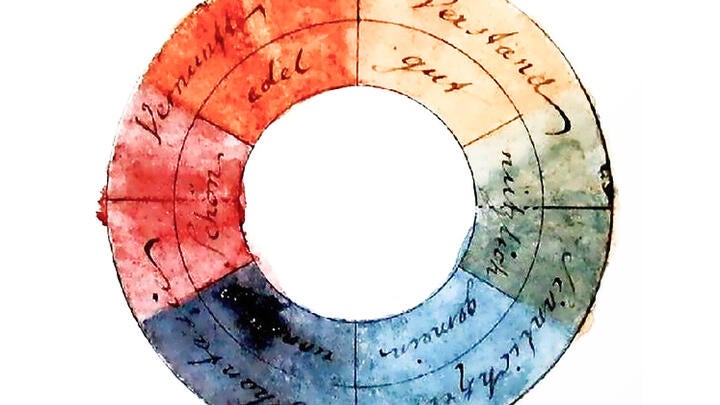Polymathic Pizza: Atomatons and AI
-
Add to Calendar 2024-04-17 17:00:00 2024-04-17 18:30:00 Polymathic Pizza: Atomatons and AI 05:00 pm 06:30 pm America/Los_Angeles public

AI: computer technology that allows something to be done in a way that is similar to the way a human would do it. ~ Cambridge Dictionary
“It’s alive, IT’S ALIVE!!” ~ Gene Wilder as Victor Frankenstein in Young Frankenstein
Like all technologies before it, artificial intelligence will reflect the values of its creators. ~ Kate Crawford
Mary Shelley’s novel Frankenstein written in 1818, reflected the anxieties about technological and scientific advances of her time. Bringing Frankenstein into the present, Shelley’s creature arguably embodied algorithmic learning; he was machine intelligence. Shelley was exploring, writes Charlotte McKee, “the ethics and morality of an artificially-made, super-intelligent being” long before the emergence of the AI technology that we are familiar with.
Curiosity about artificially made human-like machines predates Shelley by centuries. During the Renaissance Era this technology was called automata and human like machines in the form of Christ, Mary, angels, and various saints were all the rage…and largely sponsored by the arbiters of ethics and morality at that time, the Catholic Church. Automatons at that time were far from threatening; indeed, they were thought to integrate both the mechanical and divine simultaneously.
Shelley’s prescient thinking about technology having the potential to bring humanity down an uncontrolled, destructive path is something we wrestle with now within the domain of artificial intelligence. AI is with us to stay, and we will need to determine, as Stephen Hawking cautioned, “whether it is the best or worst thing to happen to us.” For this final Polymathic Pizza session, Professor Heather Culberston and Dr. Curtis Fletcher, experts in the fields of human-computer interfacing or HCI and the history of technology respectively, will help us understand the promise of AI while keeping watch on the creature we are creating.
Each spring session will be paired with an Ahmanson Lab workshop on a related topic.

